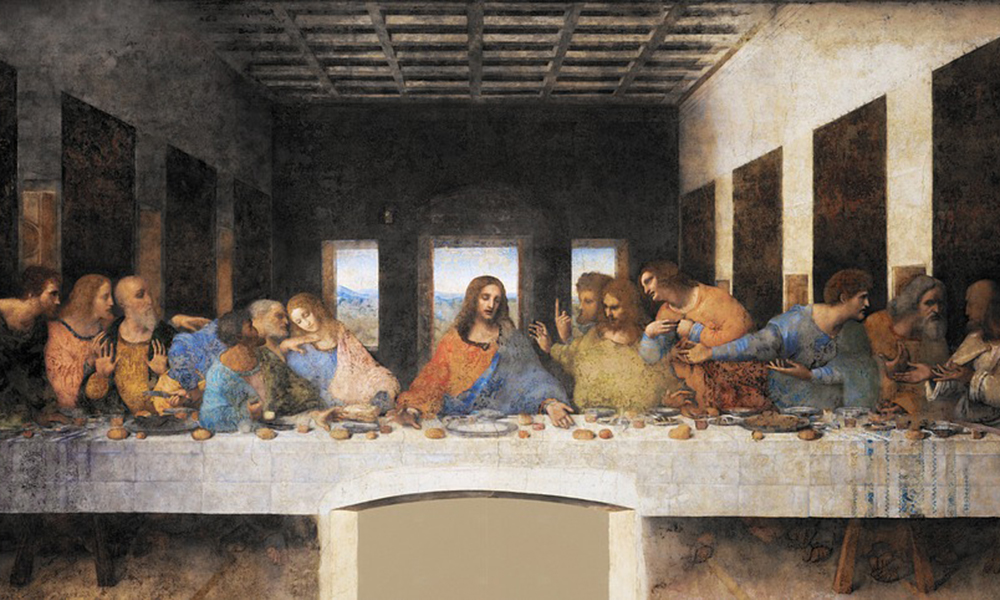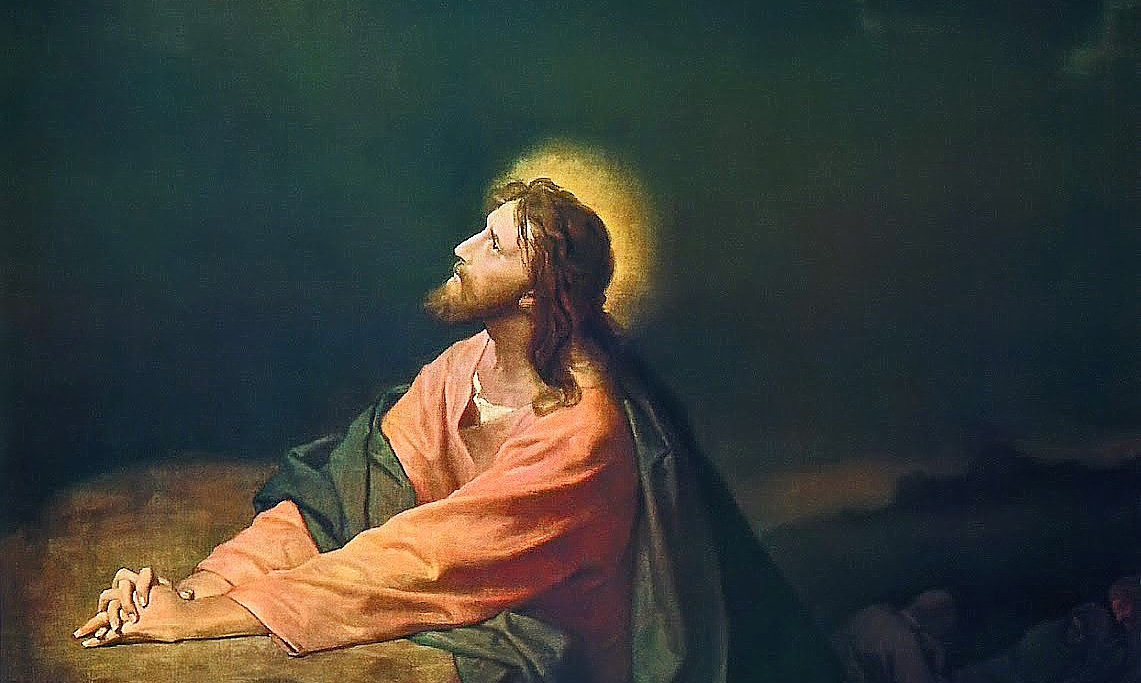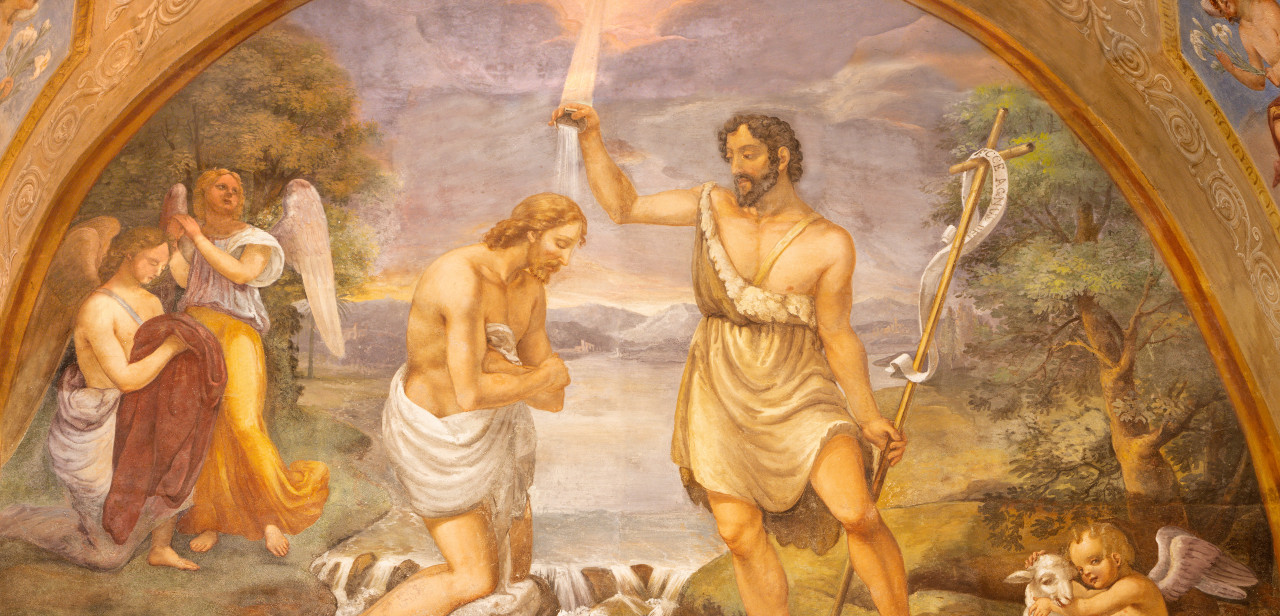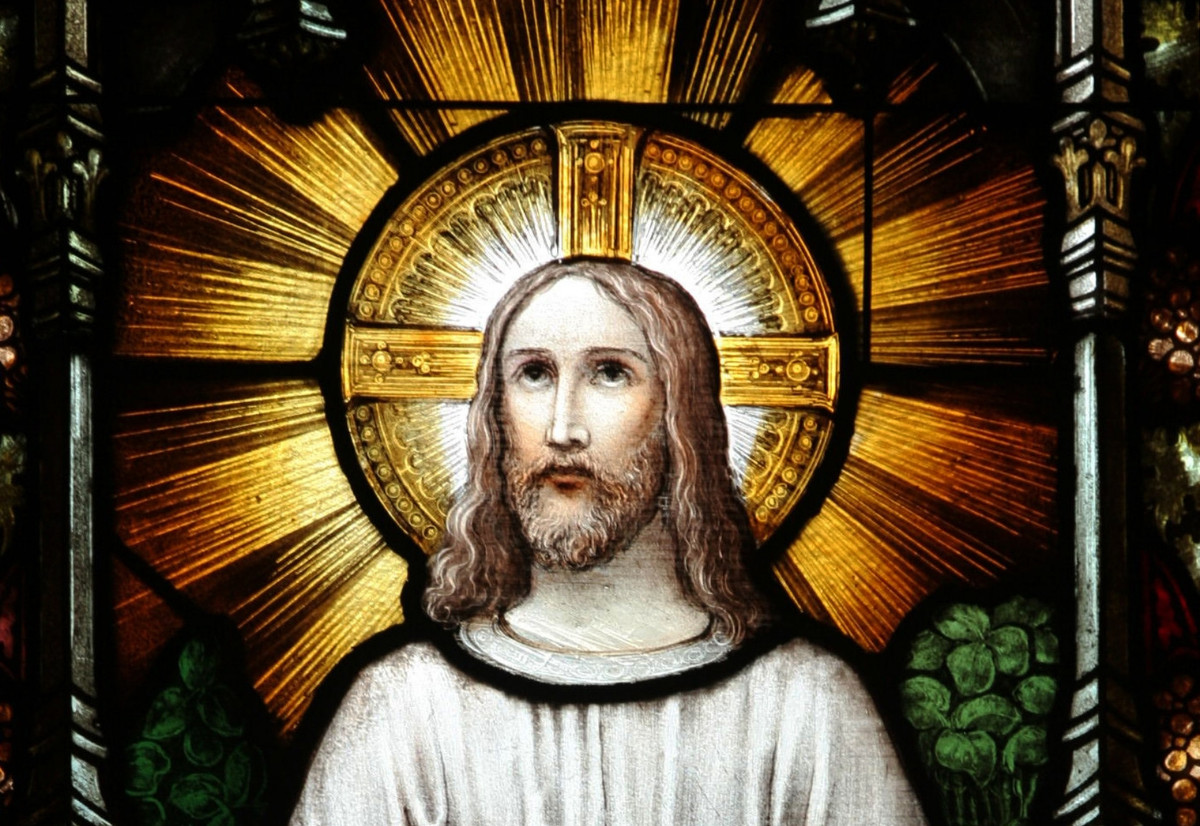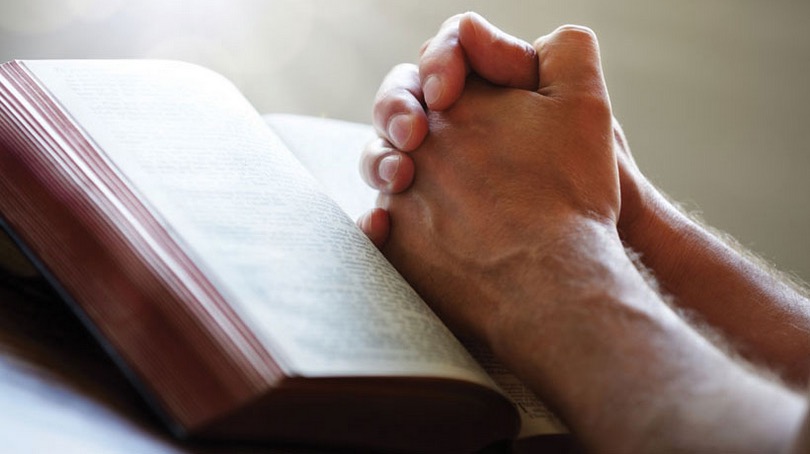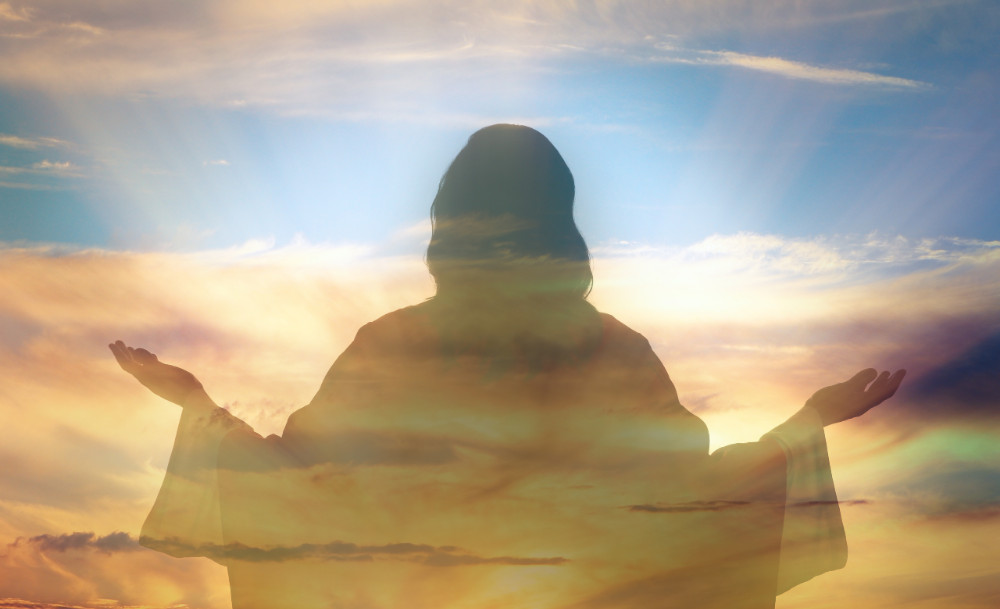The issues related to the dating of the Last Supper are complex and difficult to treat fairly in a short answer. However, the basic facts are these. The Synoptic Gospels (Matthew, Mark, Luke) clearly describe the Last Supper as a Passover meal, during which Jesus took up the themes of that meal and indicated that He was going to fulfill them in a new Exodus, leading His people out of sin and into the freedom of the Kingdom.
St. John’s Gospel, however, rather clearly indicates that the Friday in which Christ died was in fact the day of preparation for the Passover, which had not yet occurred. And thus, in a theologically rich observation, Jesus is being killed at the very hour when the lambs for Passover meals were being killed and butchered. According to John, therefore, the Passover that year was not celebrated Thursday night into Friday, but rather Friday night into Saturday. And thus the Last Supper, whatever it was, was not in fact the Passover meal.
So, the question is who is right? The Synoptic Gospels, which say that the Last Supper was a Passover meal, or St. John, who indicates otherwise? Different explanations have been offered for the discrepancy.
Some theologians think that John is theologizing, to connect the death of Jesus to the killing of the Passover lambs.
However, a more likely explanation is that the Jewish people of Jesus’ time did not all agree upon or use the same calendars to mark the days. Most Jews used a lunar calendar, which lagged behind the cycle of the sun some 11 days every year, and required corrections to be built into it every three to four years. Not all Jews agreed exactly when to introduce these corrections. Further, some Jews also used a solar calendar rooted in the Book of Jubilees, and there is strong evidence that Jesus and his followers used this calendar. John’s description of the days may reflect this fact, whereas Matthew, Mark and Luke may be writing to a wider Jewish audience, which calculated the days a bit differently.
Therefore, not every Jewish person living in Jerusalem at the time of Jesus’ death and resurrection agreed on the exact days that marked the Passover feast. While everyone agreed that the feast took place on or right near the full moon, there might be a variance of a day or two on either side of that full moon as to when exactly to begin and end the feast.
We live with rather accurate clocks today, but not so in the ancient world, and the discrepancies of a day or two are understandable in this context.
What does it all matter? At a personal level for many of us who believe, it probably matters very little. However, it does matter in terms of the Scriptures being a credible historical source. And thus when discrepancies are noted they must be explained at some level. And there are indeed here several possible explanations to account for the noted differences.
Rev. Msgr. Charles E. Pope is a priest of the Archdiocese of Washington D.C.

